Deck & Commander Strategies

Krenko, Mob Boss
Rapidly generate large numbers of Goblin tokens using Krenko and Treasonous Ogre in combination with sacrifice outlets like Ashnod's Altar and Impact Tremors to overwhelm opponents through combat damage.

Sliver Overlord
Play and buff multiple Slivers to gain incremental advantages and create an untouchable board state, winning primarily through combat damage and synergistic Sliver interactions.
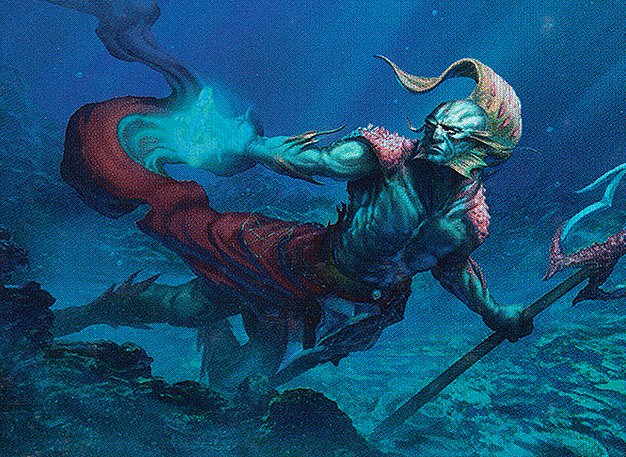
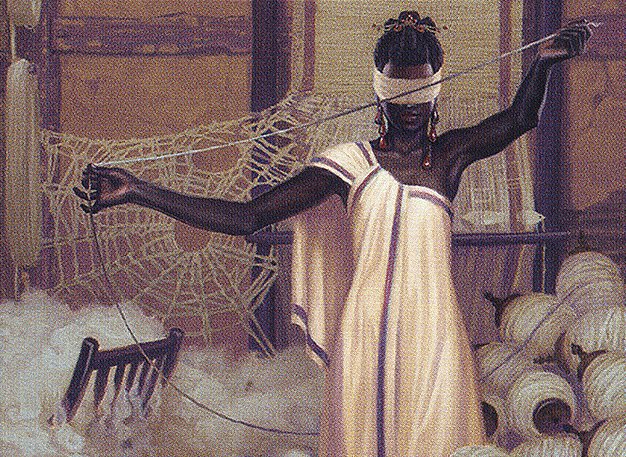
Thrasios, Triton Hero & Tymna the Weaver
Use steady card draw from Tymna’s life loss triggers combined with Thrasios’s mana ability to control the board and set up infinite turns or fast combo finishes featuring Merfolk synergy.
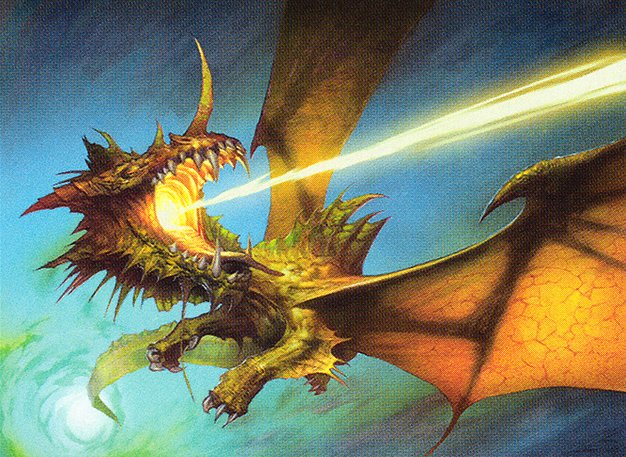
Scion of the Ur-Dragon
Ramp into powerful Dragons and utilize Scion's ability to dump and reanimate dragons for value, including combo pieces like Savage Ventma and Aggravated Assault to close out the game.
Gameplay Insights
- 1
The Goblins player’s early use of Treasonous Ogre to generate red mana was crucial for quickly casting Krenko and flooding the board with tokens.
- 2
The Slivers player’s timely destruction of Ashnod's Altar with Harmonic Sliver disrupted the Goblins' combo engine and slowed their token production.
- 3
Merfolks used Cavern of Souls naming Humans to protect key creatures from removal and maintain board presence despite disruption.
- 4
The Dragons player prioritized ramp and card draw with Lotus Petal and Fellwar Stone to cast Scion of the Ur-Dragon early, setting up graveyard recursion and combo potential.
- 5
Damage triggers from creatures like Sigil River Cutthroat and Treasonous Ogre were leveraged for incremental card advantage and pressure throughout the game.
- 6
The interplay of combat damage, sacrifice outlets, and tribal synergies created shifting board states requiring adaptive responses from each player.
Notable Cards
-
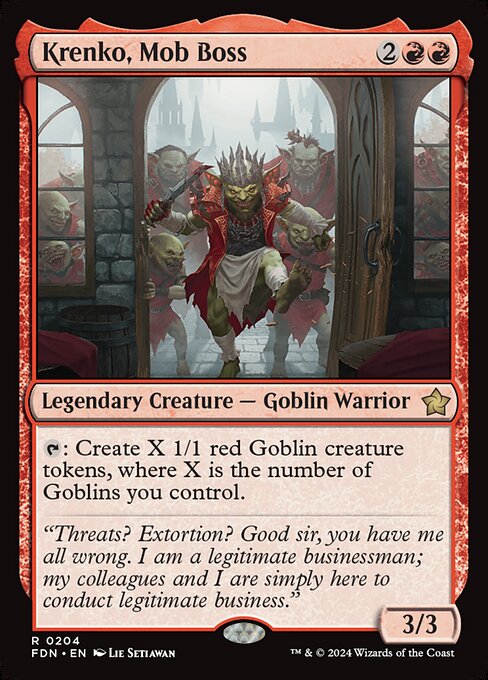
Krenko, Mob Boss
-
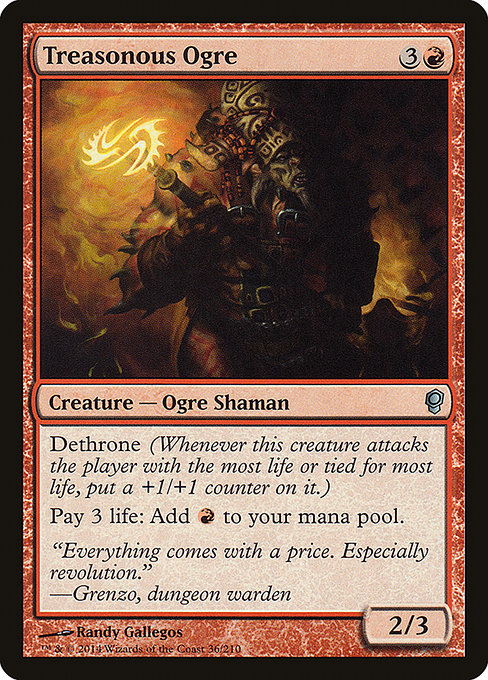
Treasonous Ogre
-
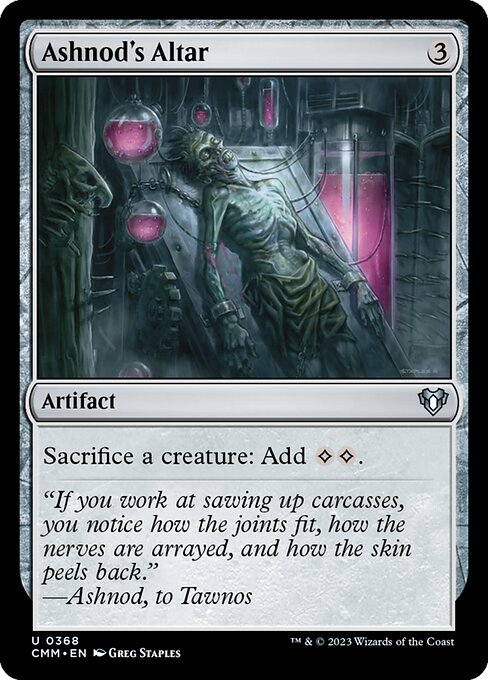
Ashnod's Altar
-
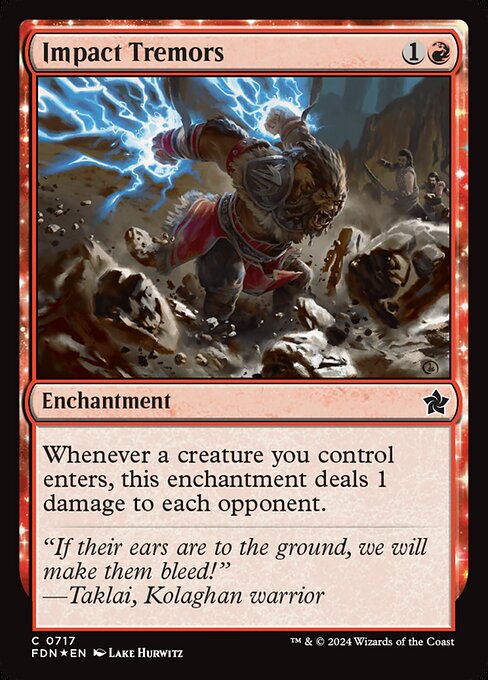
Impact Tremors
-
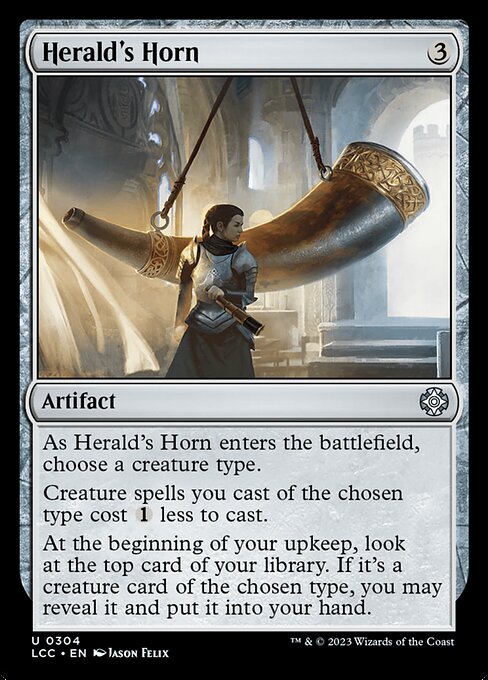
Herald's Horn
-
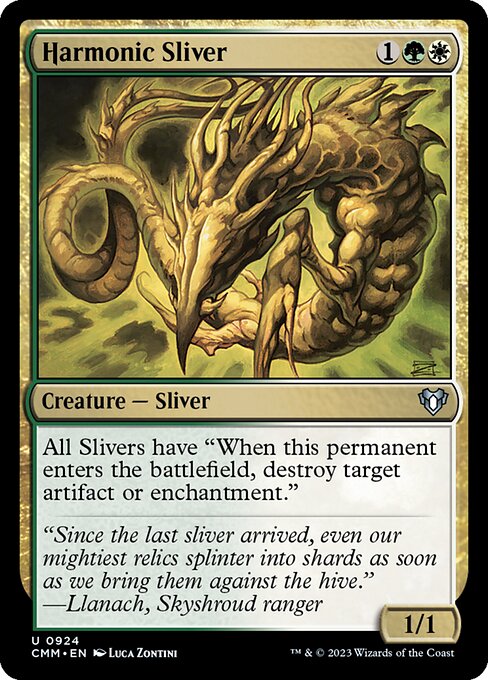
Harmonic Sliver
-

Thrasios, Triton Hero
-

Scion of the Ur-Dragon
-
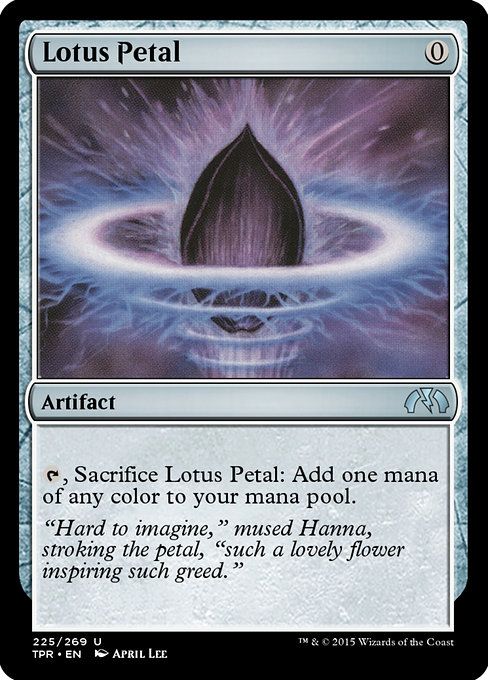
Lotus Petal
-
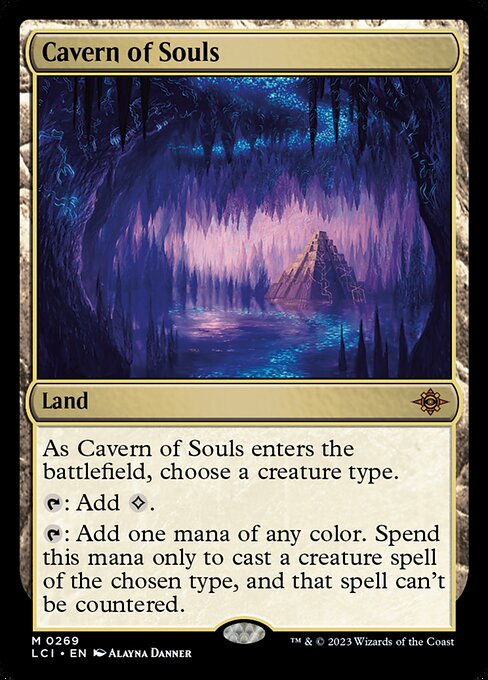
Cavern of Souls
-

Fellwar Stone
-
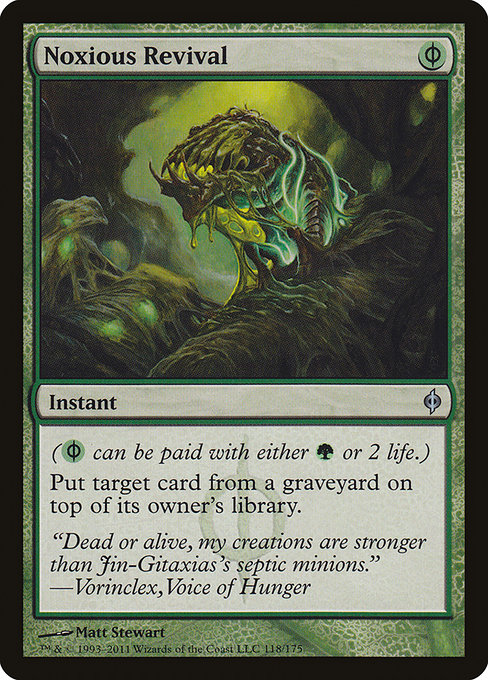
Noxious Revival
-
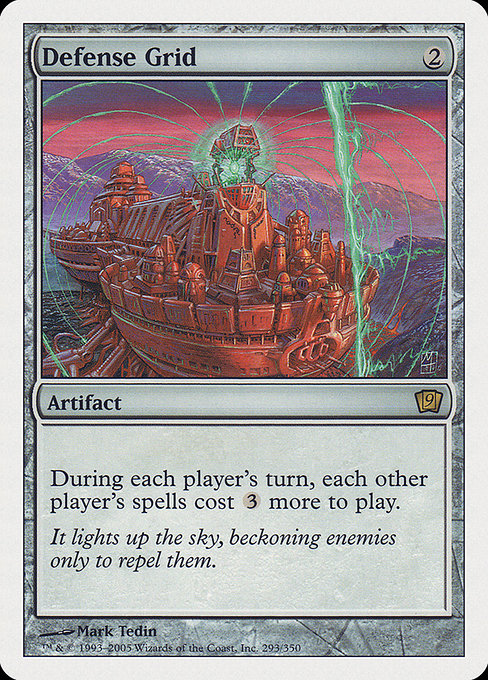
Defense Grid
Gameplay Summary
The game began with the Goblins player quickly establishing a strong early board presence by casting Krenko, Mob Boss and generating multiple goblin tokens using Treasonous Ogre and Ashnod's Altar.
The Slivers player followed up with a solid setup of slivers, including Herald's Horn and multiple buff slivers, aiming to overwhelm opponents with combat damage.
The Merfolks deck, led by Thrasios and Tymna, focused on steady card advantage through damage triggers and key creatures like Sigil River Cutthroat, while preparing to combo off with infinite turns or a fast Oracle of Mul Daya win.
The Dragon tribal player utilized Scion of the Ur-Dragon to ramp and develop value, setting up a graveyard recursion and combo with cards like Savage Ventma and Aggravated Assault. A pivotal moment came when the Slivers player used Harmonic Sliver to destroy Ashnod's Altar, temporarily disrupting the Goblins' token generation engine.
However, the Goblins deck maintained pressure with continuous token floods and aggressive swings, dealing consistent damage.
The Merfolks player leveraged caverns of souls and their partner commanders to protect key creatures and maintain board presence, slowly accruing value and damage triggers.
The Dragons player focused on ramp and card draw, using Lotus Petal and other mana sources to cast Scion early and develop threats.
Throughout the game, combat damage and repeated triggers from creatures like Treasonous Ogre and Sigil River Cutthroat fueled card advantage and life loss, leading to dynamic board states. Ultimately, the game revolved around each tribe’s ability to generate synergy and board presence quickly.
The Goblins aimed for overwhelming the board with tokens and impact tremors, Slivers relied on stacking buffs and combat damage combos, Merfolks sought incremental value and infinite turn combos, and Dragons aimed for value recursion and explosive plays.
Strategic removal and disruption, such as the Slivers destroying the Goblins' combo pieces, shifted momentum at key points, while the Merfolks and Dragons sought to out-value and outlast their opponents.
The gameplay highlighted the strengths and vulnerabilities of each tribal archetype in a fast-paced semi-competitive setting.



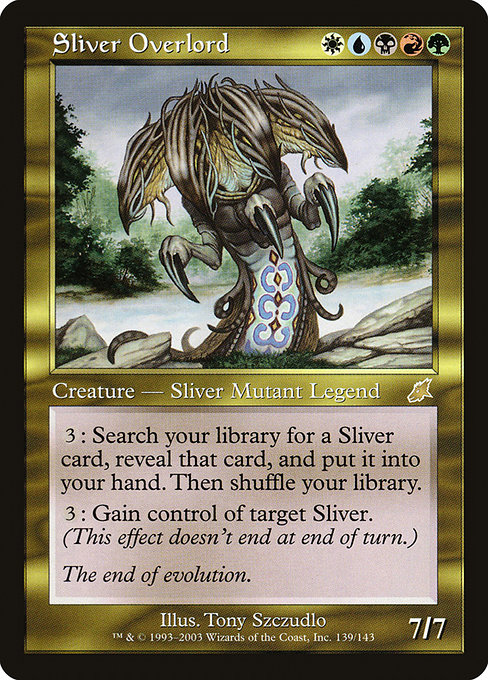























![Commander VS S1E9: Oloro vs Norin vs Sliver Overlord vs Pharika [MtG: Multiplayer] thumbnail](https://i.ytimg.com/vi/PULZd7d2g_c/sddefault.jpg)











![Commander VS S3E4: Jhiora vs Iroas vs Scion of the Ur-Dragon vs Oona [MTG: Multiplayer] thumbnail](https://i.ytimg.com/vi/Mr3sJsmVTFw/sddefault.jpg)
![Commander Versus Series: Ur-Dragon (David McDarby) vs Sen Triplets (Danny West) [MTG/EDH] thumbnail](https://i.ytimg.com/vi/yRCcWRRtVcw/sddefault.jpg)
![Commander VS S1E4: Prossh vs Derevi vs Karador vs Scion [MTG Multiplayer] thumbnail](https://i.ytimg.com/vi/qKq_zjLSJU8/sddefault.jpg)



